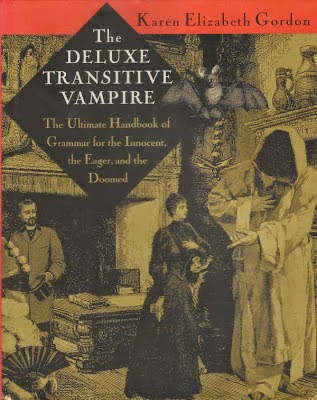10 Things You Should Know About:
Writing Interactive Fiction
10. Start with a PLAN!
Time wasted on False Starts
Time wasted on False Starts
is Time Wasted for Game Creation.
No, seriously... Before you write a single word of code or text, make a List, or generate a MindMap of EVERTHING you'll need to make your Interactive Fiction project happen.
Planning before you commit time and resources to a project is especially important if you have a Deadline, or are working with a Team of Creators.
Think: If it's costly for an ordinary Novel in terms of multiple drafts and rewrites, then it is doubly costly for an Interactive Fiction such as a Visual Novel, not only in multiple drafts and rewrites, but coding, graphics, music, SFX, voice actors, and art.
So where do you begin?
You begin with the Game Mechanics.
 |
| Adobe Flash CS5.5 |
Or more accurately, you begin by deciding what program or Game Engine you'll use; Renpy, NScriptor, ChoiceScript, Twine, inklewriter, Inform 7, StoryNexus, Novelty, Adobe Flash CS5.5, html5... Once you know what you plan to use you'll know what is possible.
Case in point, Adobe Flash CS5.5 is extremely popular for creating fully animated games you can play online, but if you want the player to be able to save their games, or adjust the sound and text speed, you'll have to build all that from scratch. Also, the learning curve is pretty steep.
 |
| Ren'Py Visual Novel Engine |
Ren'Py, on the other hand, comes already set up with a built-in preferences screen for text speed and volume adjustments, plus unlimited saves and navigation, and it's user friendly to code. However, Ren'Py's animation capabilities are extremely limited and you cannot play them online. The games created with Ren'Py must be downloaded.
Certain other Interactive Fiction programs work just fine online, but don't allow for music or graphics other than a single background image.
Choose Wisely. Decide exactly what you want your Interactive Fiction to DO then select the program that fits your needs best.
So! Once you know what your engine is capable of doing--
Plan the STORY.

THIS is where you begin your planning. Mainly because you won't even know what Characters or Backgrounds you'll need until that Story is planned out to each individual End.
However....! Unlike a traditional Novel, you cannot write any form of Interactive Fiction without PLOTTING out the entire thing in detail. Seriously.
That stream-of-consciousness writing often encouraged by Creative writers simply Will Not Work on Stories that have more than one route and multiple endings. The writer that tries to do so, will get lost very fast.
That stream-of-consciousness writing often encouraged by Creative writers simply Will Not Work on Stories that have more than one route and multiple endings. The writer that tries to do so, will get lost very fast.
Scene by Scene.
Start by marking out each major scene then break them down into individual routes and branches.
Don't leave anything out!
- Each Route; and where they intersect.
- Each section of Narrative Story; in addition to the dialog.
- Where the Mini Games will go.
- Each Ending; and how to get there.
My plotting program of choice is a mind-mapping program called FreePlane. It's Free, it's easy, you can play with the fonts, you can add images, and it comes with Spell-Check.
THEN...!
Plan Everything Else.
Plan out your Story's needs.
- All the Characters you'll need.
- All the Locations you'll need.
- All the Stats and Flags needed.
- All the Mini Games and where they'll go.
Plan out the Art you'll need.
- Backgrounds; plus their Layers.
- Character sprites; and the variations needed.
- Static scenes (CGs)
- User Interface graphics; buttons, sliders, textboxes...
- The Artists you might need.
Plan out the Music and Sound Effects you'll need.
- What you need.
- Where you can get it.
- How and Where you intend to use each piece.
Allow me to say this one more time:
Don't waste your time and efforts,
or that of those creating your assets.
Start with a PLAN.
This doesn't mean you can't change your plans as you get further into the project. In fact, Expect to change your plans as you get further into the project because of people quitting, artistic skill limitations, coding skill limitations, time constraints, music and SFX availability, exams, work schedules, life in general...
However, if you already have a Plan, you can make far quicker adjustments to your Interactive Fiction's needs and the needs of your Team with very little waste of either time or assets.
Ookami Kasumi
-- Finished, finally! I hope you enjoyed the series. 












































